Designing for Big Screens at Zattoo
TL;DR The redesign of a flagship feature powered by a full-fledged design sprint
My Role
Member of the core sprint group, prototyper, user test facilitator, design system consultant and designer of the production mockups
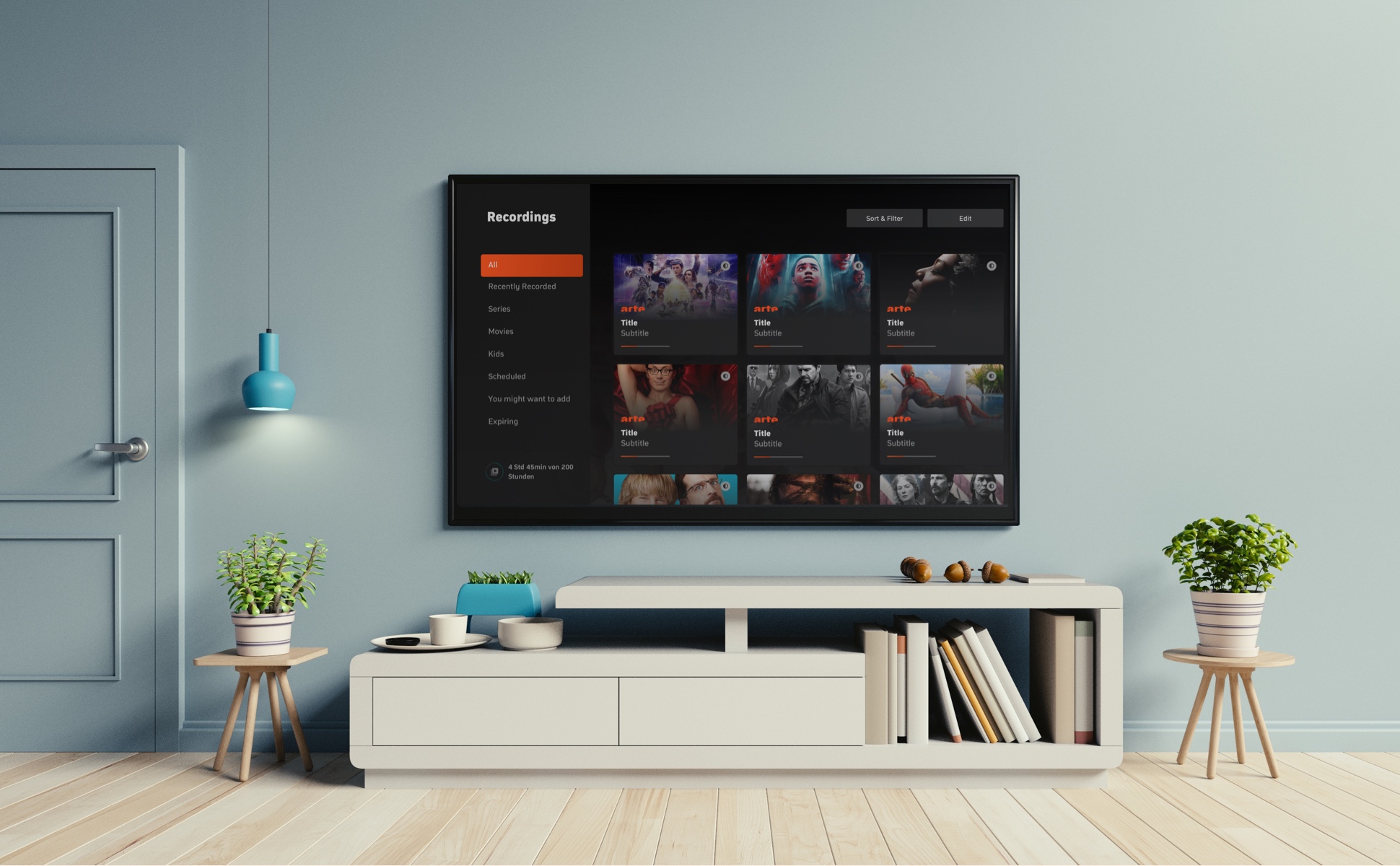
Finding Zeemo
The Product
Zattoo is a platform for IP-based transmission of TV channels and video on-demand content to a variety of devices. One of the flagship features of the consumer-facing product is the possibility to record live TV shows (TiVo style).
Our goal was to improve the way our users find and manage their recordings across all the platforms.
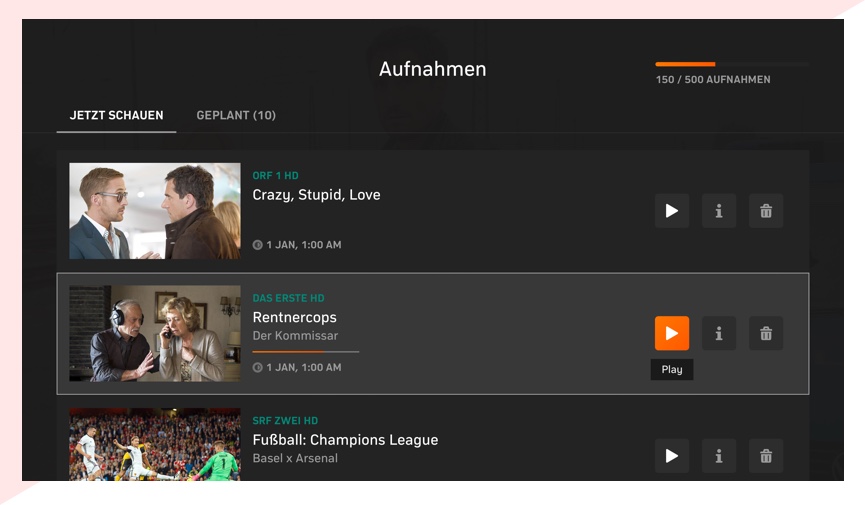
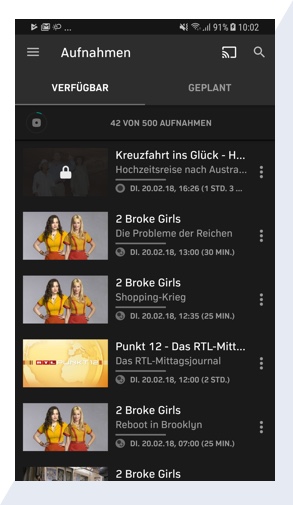
Sprinters Assemble
Understanding the Problem
In light of the complex and overarching nature of the project, we decided to go for the design sprint framework as a structured way to problematize the challenge and get reliable insights on which direction to go.
The core sprint team was composed of product owners, designers, engineers, business intelligence and customer success specialists.
After several lightning talks, contextual inquiries and the analysis of the gathered data, we were able to categorize the insights into these 4 categories:
Content Discovery
Enable users to discover new recordable content on the recordings page
Tailored Search
Make it easier for users with hundreds of recordings to find the ones they are looking for
Management
Offer a less cumbersome way to delete unwanted recordings
Playback
Enable the user for a seamless watching experience of recorded serial content (TV shows)
The Wolf of Sonnenallee
Defining Success
During the definition phase of the project we derived how success metrics could look like based on the following hypotheses:
We Think That
Users have a hard time watching the piece of content they want because we offer a limited way of Browse and finding it
Which is Why
We will increase the number of hours watched per user for recordings
We Think That
Many users are unaware of the perks of recording live TV content
Which is Why
We will increase the share of users adding at least YY new recordings per month
We Think That
Users are afraid to record new content because they find it very difficult to delete unwanted recordings afterward
Which is Why
We will increase the average amount of recordings each user add to their accounts
We Think That
Users can’t watch serial content seamlessly because we don’t group episodes & seasons of a show together
Which is Why
We will skyrocket the trigger of new recordings and playback of serial content
The Joy of Prototyping
Materialising Ideas
We narrowed down the potential solutions and, with the help of our design system & software engineers, created hi-fi prototypes based on the flows identified during the sprint.
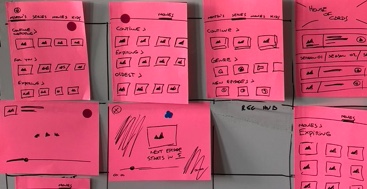
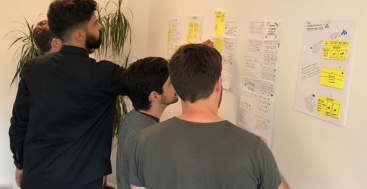
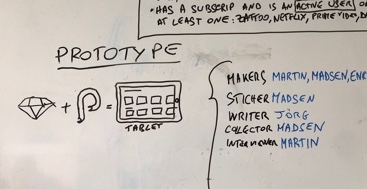
With the prototypes ready, it was time to test it with real users.Our goals for the tests were to:
- Validate the hypotheses with real users
- Test the discoverability of newly designed components such as sorting button, batch deletion mode, series drill down
- Gauge satisfaction levels with the new interaction flow
Hej you!
If my data is correct, by now you are starting to consider leaving this page. My main hypotheses are:
- You are already convinced I can do some fine work;
- You find this case study very sad — which is sad;
Either way, I'd love to hear what you think. Why don't you ?
Without further ado, keep scrolling for the grand finale 🦄
Recordings Reloaded
Delivering on Expectations
As a result of our cross-functional efforts, we translated the needs of our customers and business stakeholders into an effortless user experience shipped to 15 platforms.
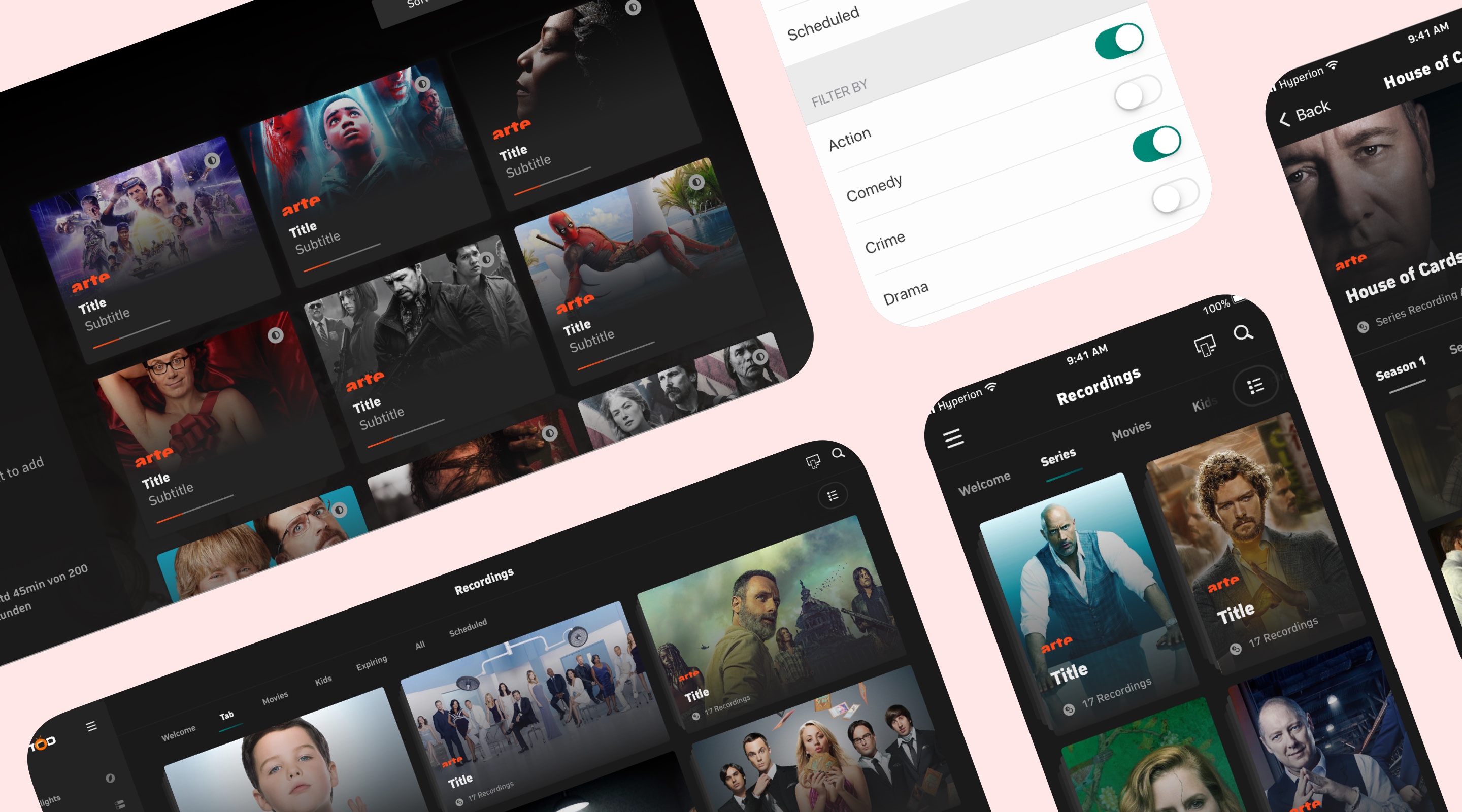
Re-Discovering the Recordings
Instead of one big list with all the available recordings, we grouped the content under smart clusters powered by machine learning
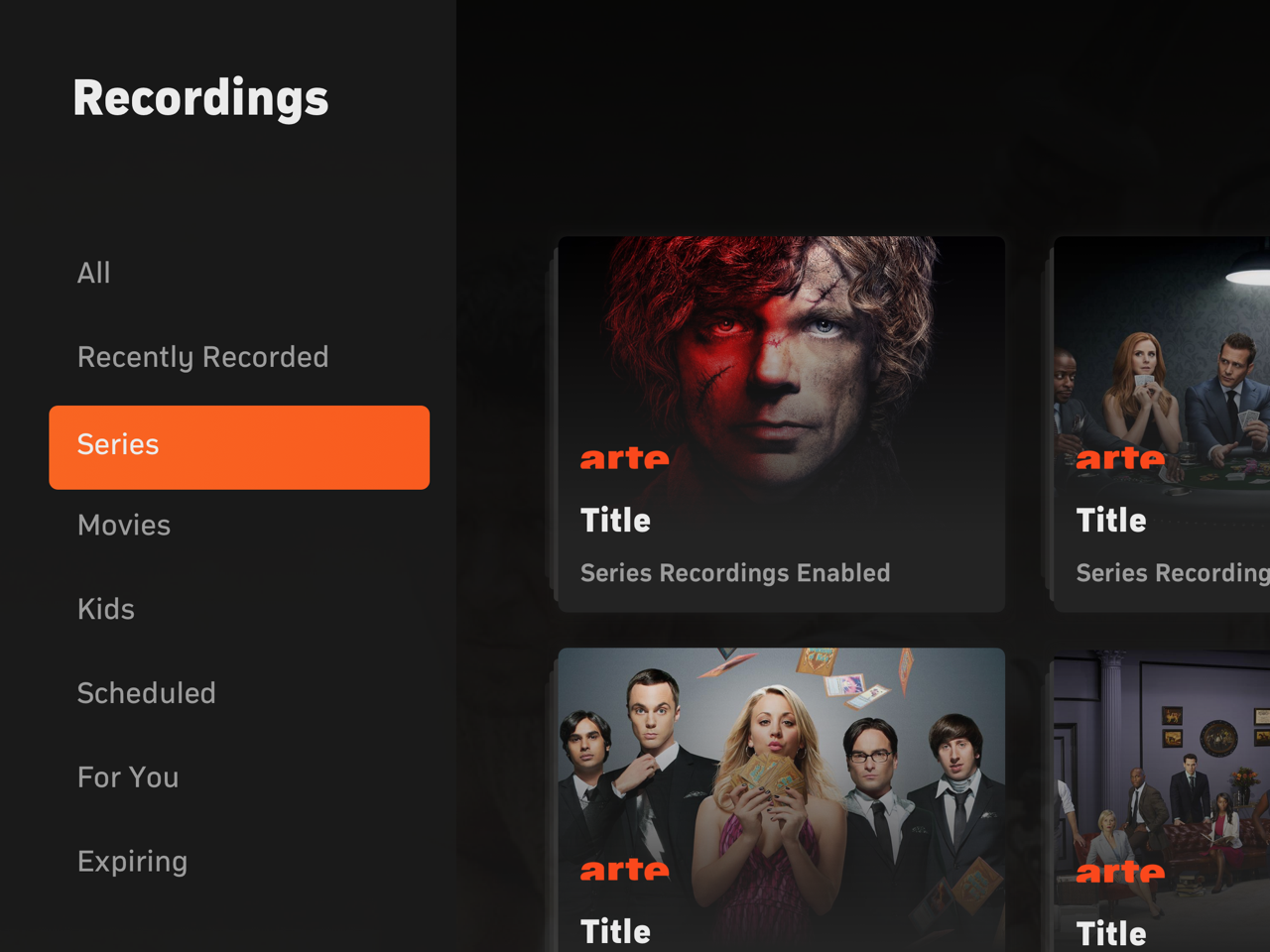
Management at Ease
With the top tier offer allowing users to record up to 750 items, to free up some space was a truly herculean task before we introduced QoL feature: Batch Deletion.
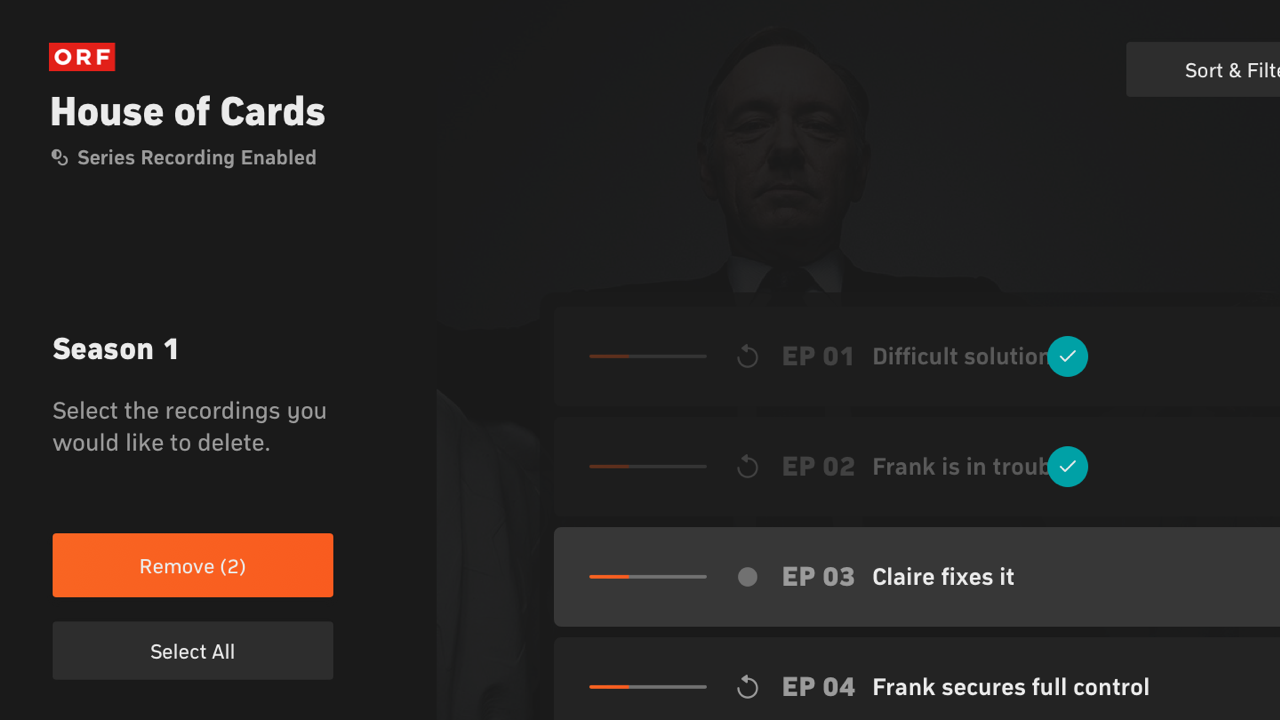
Filtering like a Boss
We introduced a comprehensive filtering system to assist users with the need to cluster content beyond our predictive suggestions
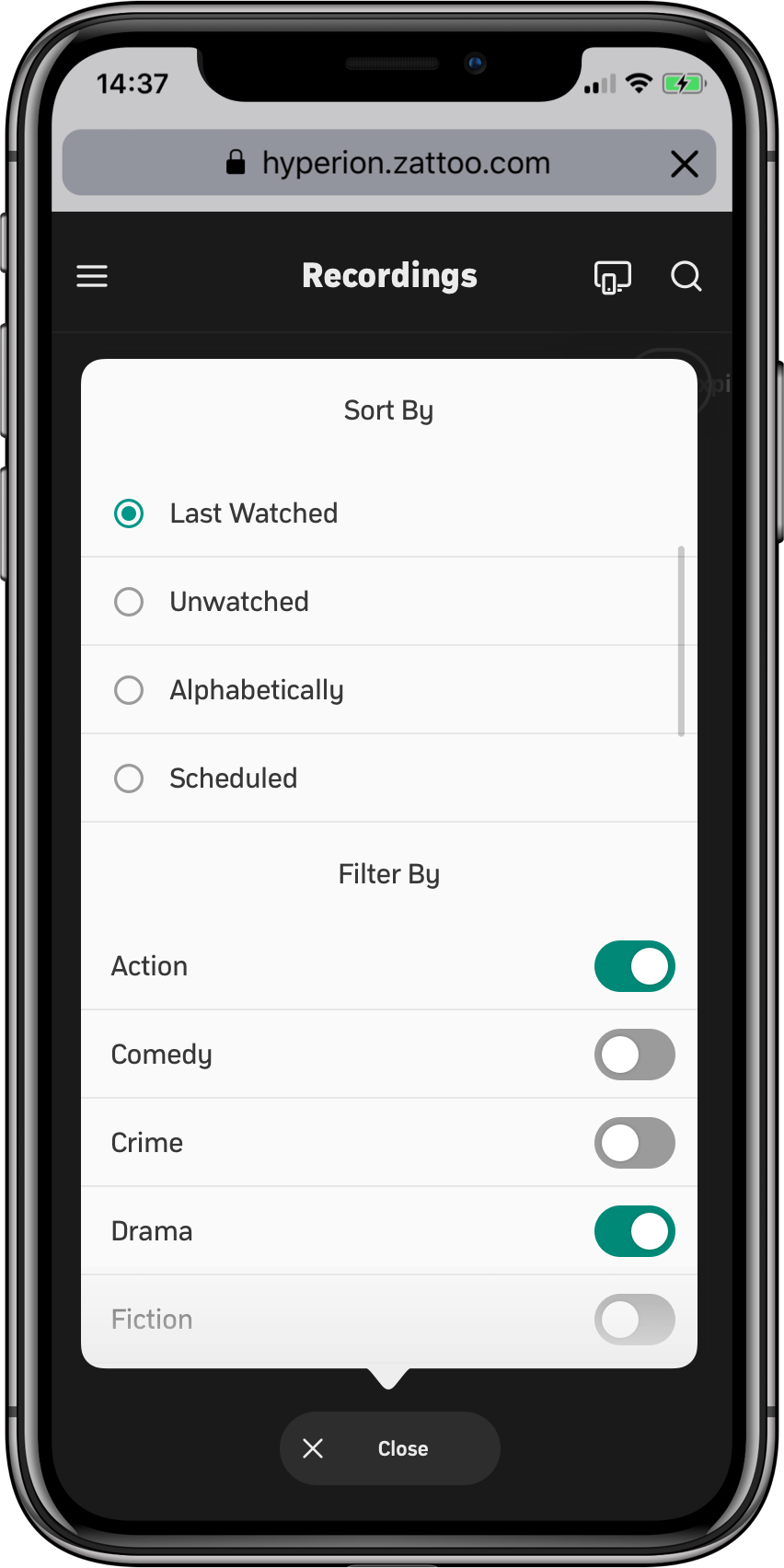
Live TV meets On-demand
With this redesign, we brought the same convenience for live TV shows as on-demand streaming platforms have done by allowing users to watch episodes of a series sequentially.
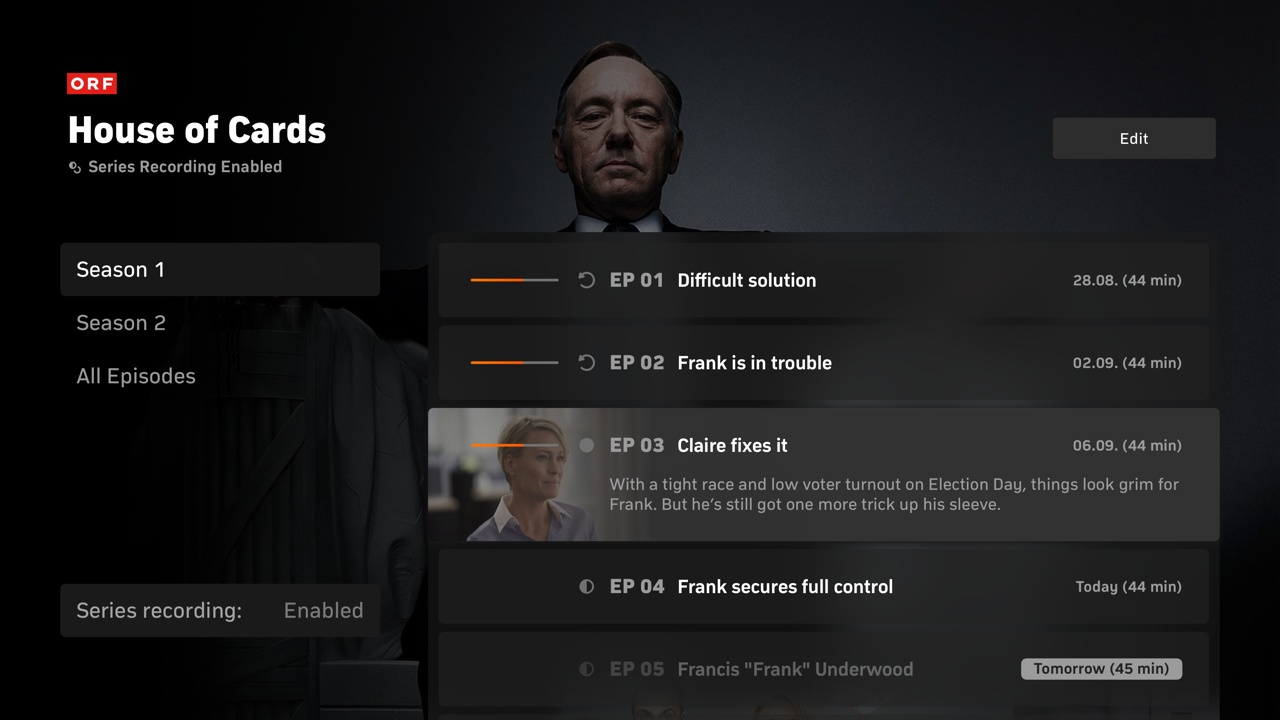
The Tonight Show
Reflect Upon
The people wanna know: did that work?
Some hypotheses were easier to validate than others, right? From usability tests, we observed higher task completion rates
Quantitatively speaking, there was a considerable increase in the duration of recordings watched
What about implementation? Was it smooth?
Because we already had a design system in place, most of the assets we needed were already there
One day I will post the study case of my journey with Hyperion, Zattoo's Design Language System
What’s the biggest takeaway?
Other than the fact that having everyone involved from the get-go is awesome?
...It must be that we underestimated how complicated it would be to generate prototypes for bigscreens, especially within the very limited timeframe of a design sprint
What's so special about prototypes for bigscreens?
For starters: there are no tools to create that in the market. Every TV company engineer its custom solution — and that can become quite costly
We need to get very creative about that because the interaction models are very different from computers/mobile devices
Interaction design for TVs have to factor that one operates the interface with the aid of an external tool, the remote 🕹
What if I want to know more?
You are more than welcome to reach out to me. On this page there are several ways for you to do it so 🕺🏼